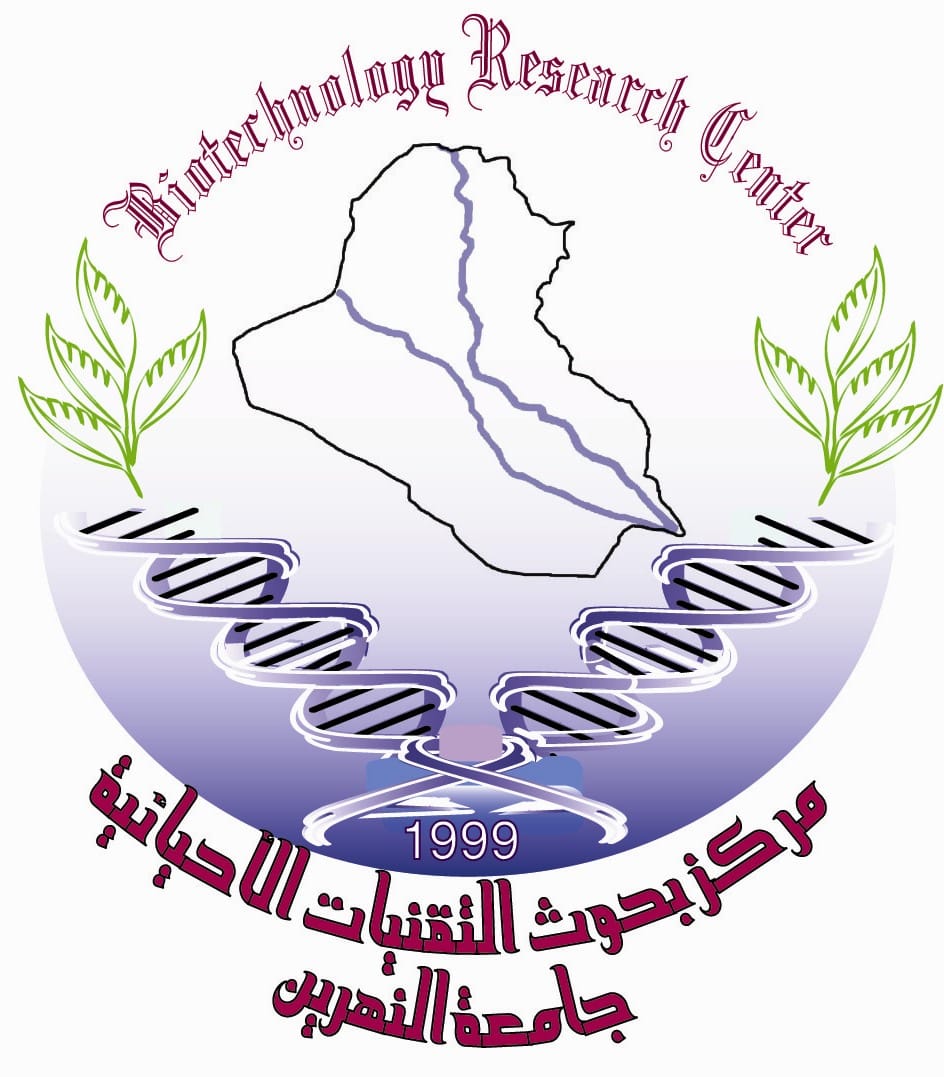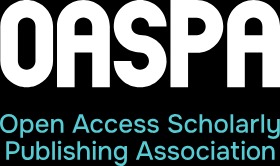Protoplast isolation from leaf mesophyll of sugarbeet Beta vulgaris L. axenic seedlings
DOI:
https://doi.org/10.24126/jobrc.2013.7.3.280Keywords:
Protoplast isolation, leaf mesophyll, sugarbeet, axenic seedlingsAbstract
Protoplasts were isolated from leaf mesophyll of sugarbeet (Beta vulgaris L.) axenic seedlings. Eight enzyme mixtures were tested for cell wall degrading ability. The efficient enzyme solution was mixture "II" that consist of 1.5% Cellulase RS, 2% Cellulase R10, 1% Macerozym R10 and 0.1% Pectolyase Y23. This mixture was efficient in releasing protoplasts and gave high yield of a density 7.3 × 104 protoplast / ml. These isolated protoplasts were viable 93%, their sizes ranged from 13 up to 52 µm, vacuolated and unvacuolated. This finding enable workers to focus on somatic hybridization through protoplast fusion to overcome some barriers facing gene transfer to improve plant species such as transfer of N2 fixation ability to non-legumes and producing resistant varieties to biotic stress and other traits.
Downloads
Published
How to Cite
Issue
Section
License
This is an Open Access article distributed under the terms of the creative commons Attribution (CC BY) 4.0 license which permits unrestricted use, distribution, and reproduction in any medium or format, and to alter, transform, or build upon the material, including for commercial use, providing the original author is credited.











